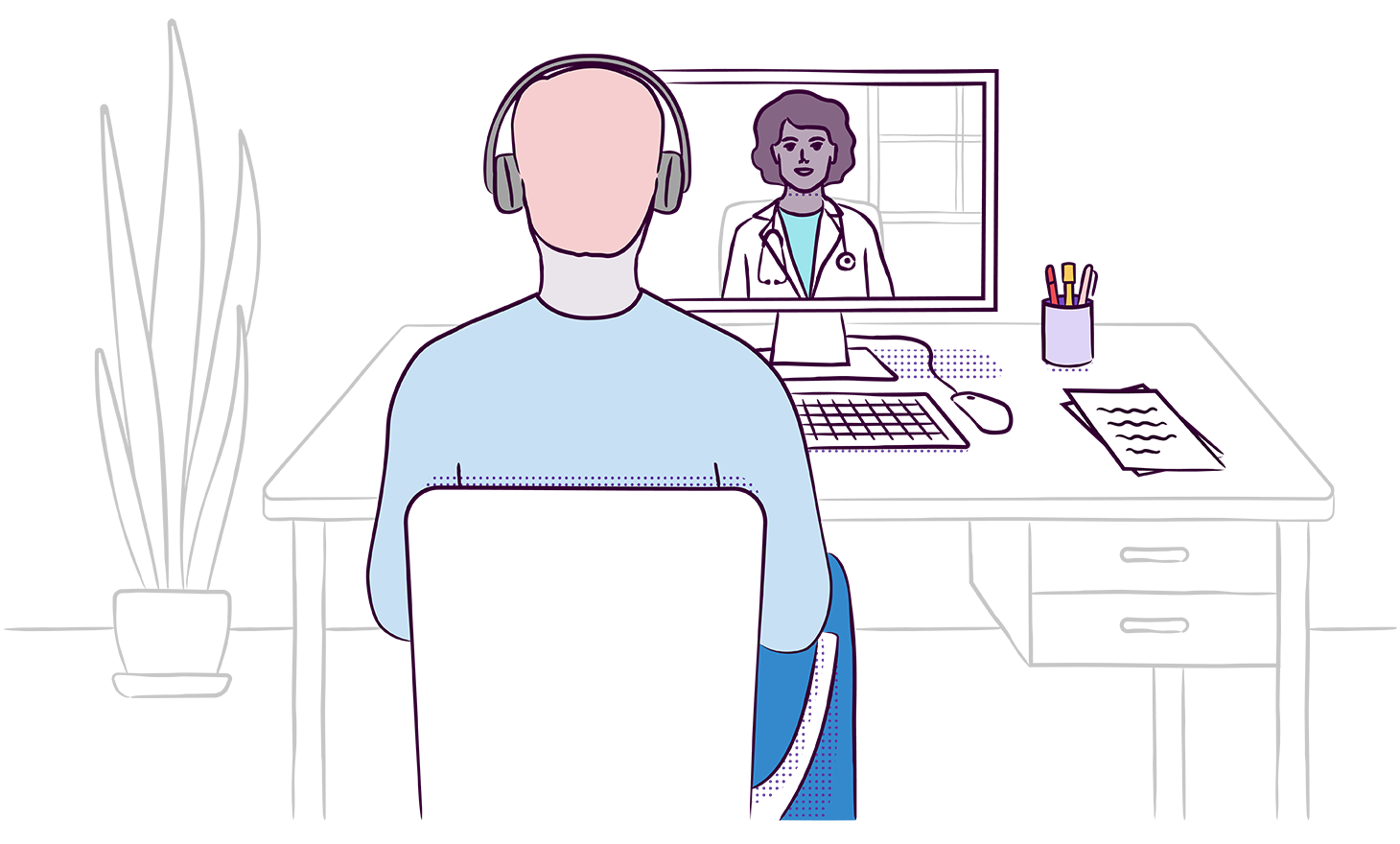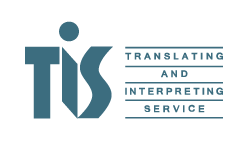
Understanding blended care

Blended care is the integration of online and face-to-face (such as telehealth or in-person) care. Patients take part in activities such as self-directed modules and support groups, complementing the face-to-face treatment you provide. It can be an important part of your toolkit as a busy GP or healthcare professional and a useful treatment option to discuss with your patients.
In this approach:
- online programs support patient assessment, psychoeducation, and skills training
- face-to-face sessions focus on more complex or challenging areas of work. For example, maintaining motivation or helping your patient apply skills to their specific situation.
The therapeutic aims of blended care remain the same as more traditional types of treatment. It's just delivered through a mix of components.
The benefits of blended care
Blended care can enable patients to:
- access digital tools to support wellbeing
- have easier and quicker access to mental health services (due to remoteness, travel, finances, waitlists, etc.)
- complete therapy exercises and treatments at their own pace
- prepare for appointments
- practise skills between sessions
- learn self-help strategies throughout their journey
- know there are people and tools that can support them between appointments, or when the clinic is closed.
For clinicians, it helps to:
- maximise the effectiveness of in-person appointments
- provide more options to suit a patient’s needs, situation, and preferences
- support patients to make continued improvements
- focus your time on assessment and treatment.
How blended care can be used
If you choose to discuss blended care as a treatment option with your patients, it can be used in a variety of ways.
It could complement other aspects of treatment you are considering. For example, your patient uses online tools and support while they wait for their next appointment.
You might work through a customised treatment plan that combines:
- in-person therapy sessions
- support via phone, SMS, or video conferencing
- self-paced online activities, such as reflections, video lessons, guided meditations, or tasks
- online support groups
- online evidence-based treatment programs.
If an online program shares a report with you after completion, you could arrange a follow-up activity tailored to the results. The output could then be discussed in the next face-to-face session.
Together, you can review and modify the mix of digital and in-person treatment over time to find the right balance.
Is supported online care effective?
Online mental health programs have been around for many years. Over that time, many clinical trials have proven the effectiveness of a range of different treatment programs. You can find a list of the clinical and academic reviews on the eMHprac website, and in the specific service profiles on Head to Health.
The Australian Government Productivity Commission’s Mental Health Inquiry Report (2020) recommended the greater use of digital services. Doing so would increase patient choice and access to self-help and lower intensity treatment services.
The report stated that “for many people, supported online treatment can provide a convenient, clinically effective, low-cost way for them to manage their mental illness. It should be an option that is available to people as a choice, while recognising that some people will prefer other treatment options or a combination of options.” ¹
It reported that online mental health services:
- are valued by some consumers, as they can be self-managed, anonymous, convenient, effective, low cost, and generally available at the time of need
- can complement or be used as an alternative to face-to-face therapies
- enable more effective and efficient use of clinician delivered services
- could free up care providers to assist those with more complex needs
- can be expanded quickly when demand increases.
It was also observed that the role of online interventions is different across cases in the stepped care model. Digital services were seen as the most appropriate for people with mild to moderate mental health challenges. However, there will always be the need for face-to-face mental health treatment — particularly when a person’s needs become more complex, or symptoms become more severe.
Since October 2022, Australian digital mental health services are able to be assessed against the National Safety and Quality Digital Mental Health Standards. This acknowledges the importance and maturing of digital mental health services. It provides a safeguard for anyone using or recommending services that have been accredited against the standards.
What’s needed for effective blended care
Like any type of treatment, effective blended care needs to meet your patient’s needs and goals, and work with your therapeutic approach. It works best when the treatments complement each other and are tailored to their specific needs.
Digital treatment solutions should also:
- be evidence-based and effective for your patient’s demographic
- be flexible and dynamic enough to engage them while being relevant to the treatment plan
- fit their capability (access, ability, and personal preference).
Find online mental health services
Many GPs and other healthcare professionals would like to use a blended care approach with more of their patients but have reported it can be hard to find trusted online services that were suitable. To make it easier, the Head to Health Service finder tool enables you to quickly search for services that may be suitable for your patient.
You can:
- search by diagnosis, issue, or disorder
- refine your search by age or cohorts
- view details about what they offer, costs, and clinical evidence
- select as many services as you think are needed, and
- review your selection, add notes, and send them to your patient.
The Service finder tool lets you provide your patient a link (via a printout with a QR code) to a page with all the services you’ve selected.
Your patient can access this at home, or whenever it suits them, and provide feedback on the services they’ve tried. They can also read more advice on keeping on track and preparing for their next appointment.

